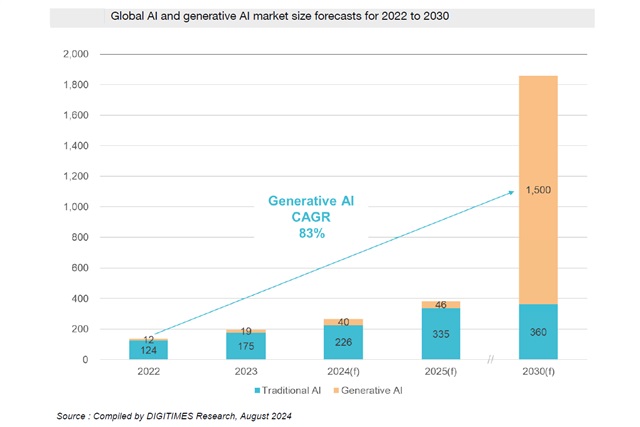Introduction
The terminal dipping machine market is an integral segment of the industrial machinery sector, playing a crucial role in enhancing the efficiency and quality of various manufacturing processes. This report provides an in-depth analysis of the global distribution and trends within the terminal dipping machine market, focusing on regional markets and emerging trends. The analysis draws from multiple reliable sources to present a comprehensive overview of the market landscape as of 2025.

Global Market Overview
The global terminal dipping machine market is experiencing significant growth, driven by technological advancements and increasing demand for automation in manufacturing processes. The market’s expansion is fueled by the need for high-quality finishes and efficient production methods across various industries, including automotive, electronics, and food processing (Verified Market Reports).
Market Size and Growth
As of 2023, the global market for dipping machines was valued at approximately $2.5 billion and is projected to grow at a compound annual growth rate (CAGR) of 5.2% from 2023 to 2030 (Verified Market Reports). This growth is attributed to the increasing adoption of automation and the demand for precision in manufacturing processes. The market is expected to reach USD 2.5 billion by 2033, with a CAGR of 9.2% from 2026 to 2033 (LinkedIn).
Regional Market Distribution
North America
North America is experiencing steady growth in the terminal dipping machine market, driven by government initiatives and increasing consumer awareness. The region’s market is characterized by a strong focus on technological innovation and sustainability, which are key drivers of growth (Global Info Research).
Europe
Similar to North America, Europe is witnessing steady growth in the terminal dipping machine market. The region’s market is supported by robust industrial infrastructure and a strong emphasis on sustainable manufacturing practices. European manufacturers are increasingly adopting automated and sophisticated dipping machines to enhance production efficiency and product quality (Global Info Research).
Asia-Pacific
The Asia-Pacific region, particularly China, leads the global terminal dipping machine market. This leadership is attributed to robust domestic demand, supportive government policies, and a strong manufacturing base. The region’s market is characterized by rapid industrialization and a growing emphasis on automation and precision in manufacturing processes (Global Info Research).
Latin America and Middle East & Africa
Latin America and the Middle East & Africa regions are also experiencing growth in the terminal dipping machine market, albeit at a slower pace compared to other regions. The growth in these regions is driven by increasing industrialization and the adoption of modern manufacturing techniques (Global Info Research).





